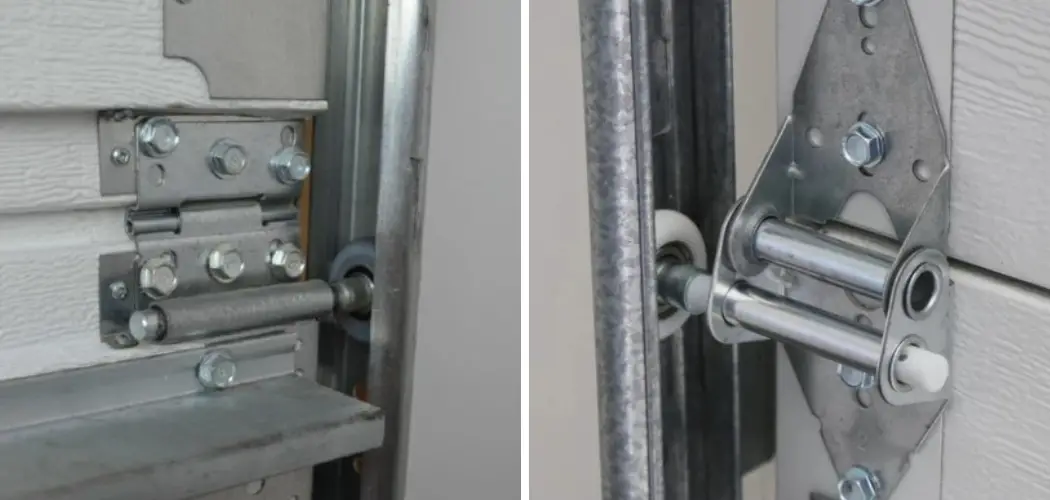Adjusting the hinges on a garage door is crucial for maintaining its functionality and longevity. Over time, wear and tear, temperature changes, or even minor collisions can lead to alignment issues that inhibit smooth operation. If a garage door is misaligned, it may produce unwanted noise, struggle to open or close, or even become stuck, posing safety risks. This article will guide you on
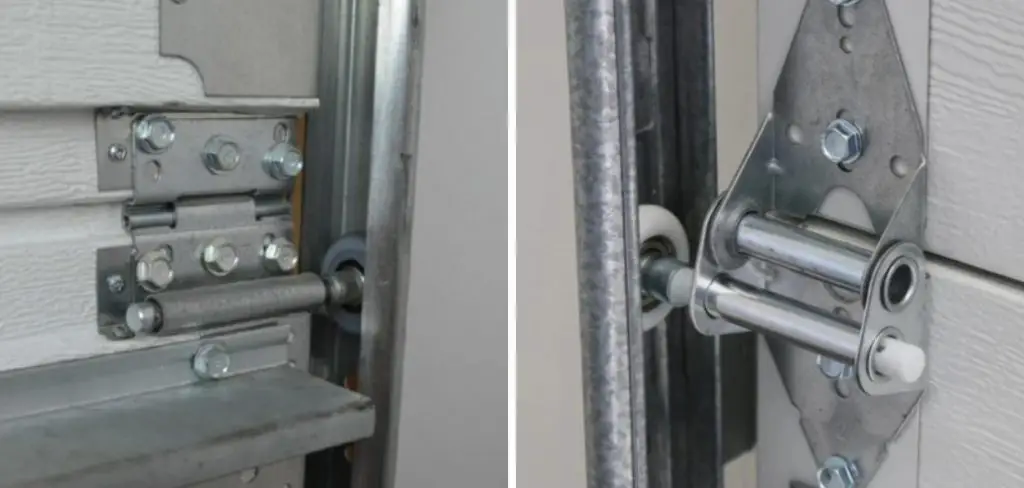
how to adjust hinges on a garage door effectively. We will cover the steps necessary to identify common problems, make the required adjustments, and ensure the door operates as intended. With the right techniques, you can eliminate noise, restore proper alignment, and extend the life of your garage door, making it a vital skill for any homeowner.
Understanding Garage Door Hinges and Their Role
Garage door hinges might seem like small components, but they play a critical role in the operation of a garage door. These hinges connect the door panels together, allowing them to bend and move as they open and close. Proper hinge function ensures that the door remains aligned with the tracks, which is essential for smooth operation. Without properly functioning hinges, a garage
door can become misaligned, causing stress on the motor, reduced efficiency, and potential safety hazards. Understanding the types of hinges and their specific roles can help homeowners identify issues sooner and perform effective adjustments when necessary.
Types of Garage Door Hinges
There are several garage door hinges, each serving a unique purpose. End hinges are found at the top and bottom of the garage door panels. They are designed to bear the door’s weight and ensure stability during operation. Center hinges, typically found between the end hinges, connect the door panels together, allowing for flexibility and movement as the door opens or
closes. Lastly, top and bottom hinges help maintain the door’s alignment with the track system. Together, these hinges enable the garage door to function smoothly, ensuring that it can open and close without obstruction.
Common Issues Requiring Hinge Adjustment
Several common issues can arise with garage door hinges that may necessitate adjustment. One of the most frequent problems is misalignment, where the door does not hang evenly, resulting in gaps between the panels and the frame. This can be caused by worn hinges or improper installation. Another indicator of hinge issues is unusual noises during operation, such as
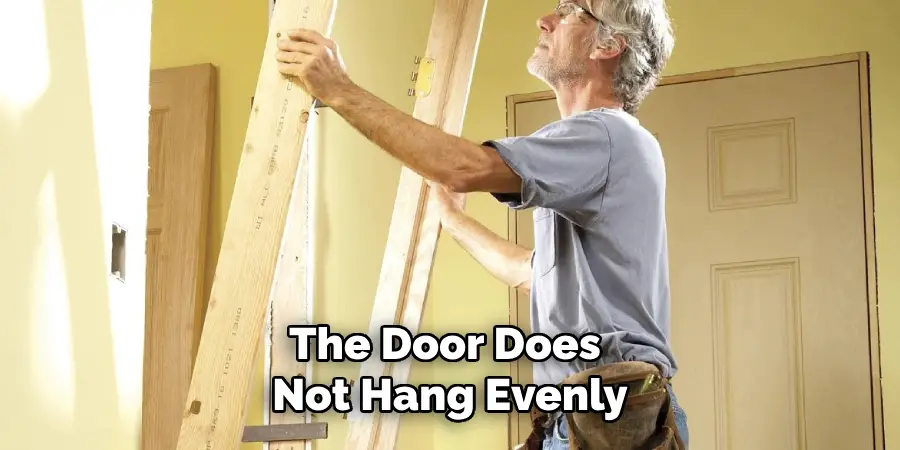
creaking or grinding, which can signal that hinges are stiff or damaged. Additionally, homeowners may experience difficulty opening or closing the garage door, often due to binding caused by misaligned hinges. Promptly addressing these issues can help prevent further damage and maintain optimal functionality.
Gathering Necessary Tools and Safety Precautions
Tools Needed for the Job
Having the right tools is essential to adjust the hinges on a garage door effectively. You will need a socket wrench to loosen and tighten hinge bolts, various screwdrivers (both flathead and Phillips) for different screws, pliers for gripping and adjusting components, lubricant to ensure the hinges move smoothly, and a ladder if your garage door is tall. Having these tools readily available will facilitate a smoother and safer adjustment process.
Safety Precautions
Safety should always be a priority when working on your garage door. Before starting any adjustments, ensure the garage door opener is disconnected to prevent accidental operation. It’s advisable to wear gloves and safety glasses to protect your hands and eyes from any debris or potential scuffs. Additionally, make sure the garage door is properly supported to prevent it from falling during the adjustment process, reducing the risk of injury.
Inspecting the Garage Door Hinges
Checking for Visible Damage
Before making any adjustments to your garage door hinges, it’s important to conduct a thorough visual inspection. Start by examining each hinge for signs of wear, such as rust, cracks, or deformation. Look for cracked or broken hinges, as these can compromise the door’s structural integrity and should be replaced immediately. Pay close attention to the screws holding the hinges in
place; loose screws are a common issue that can lead to misalignment. Ensure that all screws are securely tightened and that there are no rusted or stripped screws, which may require replacement. Additionally, assess the alignment of the garage door panels in relation to one another — misaligned panels can indicate hinge issues. If you spot any abnormalities, note them down, as they may require further attention during the adjustment process.
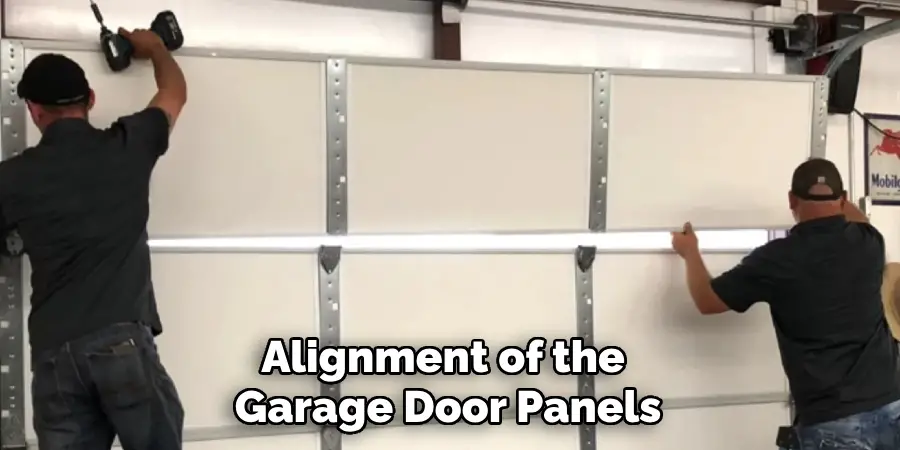
Testing the Door’s Movement
After visually inspecting the hinges, it’s crucial to test the door’s movement manually. Begin by standing inside the garage and slowly opening and closing the door. Pay close attention to any resistance or unusual noises, such as creaking or grinding. These sounds often indicate that the hinges are stiff or not functioning correctly. Observe which sections of the door experience the
most resistance or misalignment; these areas may need targeted adjustments. If you notice that the door binds in certain spots or doesn’t open or close smoothly, take note of the specific hinges in those regions. Performing this movement check alongside your visual inspection will help you diagnose the issues more accurately, allowing you to make informed adjustments to the
problematic hinges. Remember, addressing these issues promptly can significantly enhance the garage door’s overall operation and lifespan.
How to Adjust Hinges on A Garage Door: Adjusting the Hinges
Tightening Loose Screws
One of the first steps in adjusting garage door hinges is to check for and tighten any loose screws. Begin by using a socket wrench or screwdriver to carefully fasten the screws on each hinge. It’s important to do this methodically, examining each hinge while ensuring not to overtighten, as this can cause damage. Loose screws can lead to misalignment of the garage door,
creating gaps and preventing it from operating smoothly. By tightening these screws, you often eliminate minor issues such as squeaking sounds or difficulty in opening and closing the door, enhancing its overall functionality.
Realigning Misaligned Hinges
If your garage door still exhibits signs of misalignment after tightening the screws, you may need to realign the hinges. Start by loosening the screws on the misaligned hinge using your socket wrench or screwdriver. Once the screws are loosened, gently reposition the hinge to ensure it aligns properly with the door panel. Take a moment to verify that the gap between the panels
is even across the entire door. After confirming the correct alignment, retighten the screws securely to hold the hinge in its new position. It’s crucial to check the alignment of the door panels before securing the hinges to ensure a smooth and straight operation.

Replacing Damaged Hinges
If adjustments do not resolve the issues you are facing, it may be necessary to replace a damaged hinge. Begin the process by loosening and removing the screws that hold the old hinge in place using your socket wrench or screwdriver. Carefully detach the hinge from the door panels and set it aside. Afterward, align the new hinge with the existing holes on the door panels.
Insert the screws through the hinge and tighten them securely to ensure stability. Be sure to check that the new hinge is properly aligned with the door panels and securely fastened. After installation, test the door’s movement to confirm that it opens and closes smoothly, verifying that the replacement has correctly resolved the hinge issues.
Lubricating the Hinges and Testing the Door
Lubricating the Hinges
After making adjustments to the hinges, it’s essential to lubricate them to reduce friction and prevent wear. Use a silicone-based spray lubricant for optimal results, as it does not attract dirt and grime like other oils. To apply, position the nozzle directly at the hinge joint and spray a small amount, ensuring you cover all moving parts. Be careful not to overdo it; a little goes a long way. Wipe away any excess lubricant to prevent buildup.
Testing the Door
Once the lubrication is complete, reconnect the garage door opener to ensure proper functionality. Begin testing the door’s operation by opening and closing it several times. Pay attention to the movement, looking for any signs of sticking or unusual noises. This step is crucial to confirm that all adjustments have been successful and that the door operates smoothly. If any issues persist, further inspection may be needed to address them effectively.
Preventative Maintenance Tips
Regular Inspection and Maintenance
To ensure your garage door continues to function properly, it’s essential to conduct regular inspections of the hinges and other components. Aim to perform a thorough check at least once every season. This proactive approach helps identify potential issues early, such as wear or misalignment, which can save you from costly repairs down the line. Consistent maintenance extends
the life of your garage door and ensures smooth operation, allowing you to avoid unexpected inconveniences.
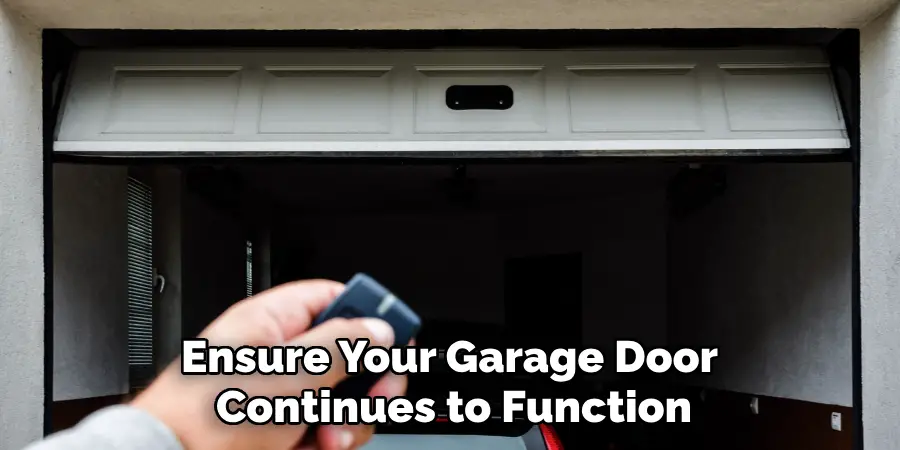
Keeping Hinges Clean and Lubricated
Maintaining clean and well-lubricated hinges is key to optimal garage door performance. Regularly clean the hinges by wiping away dust, dirt, and debris, which can accumulate and impede movement. After cleaning, apply a silicone-based lubricant to the hinge joints to reduce friction and prevent corrosion. This routine enhances operation and protects the hinges from wear and tear, ensuring they function smoothly throughout their lifespan.
Conclusion
In summary, adjusting garage door hinges involves a systematic process that includes a thorough inspection for visible damage, testing the door’s movement, tightening loose screws, realigning misaligned hinges, and, if necessary, replacing damaged ones. Once the adjustments are complete, lubricating the hinges is crucial to reduce friction and enhance performance.
Regular maintenance is key to preventing issues and ensuring smooth operation. Readers are encouraged to proactively perform checks and make small adjustments as needed to maintain their garage door’s functionality. Remember, with the right tools and a bit of patience, you can efficiently learn how to adjust hinges on a garage door and significantly extend its lifespan. By
staying vigilant and addressing any concerns promptly, you will keep your garage door in peak condition for years to come.
I am Rick. I grew up helping my dad with his handyman service. I learned a lot from him about how to fix things, and also about how to work hard and take care of business. These days, I’m still into fixing things- only now, I’m doing it for a living.
I’m always looking for new ways to help people grow and develop. That’s why I have created this blog to share all my experience and knowledge so
that I can help people who are interested in DIY repair.

